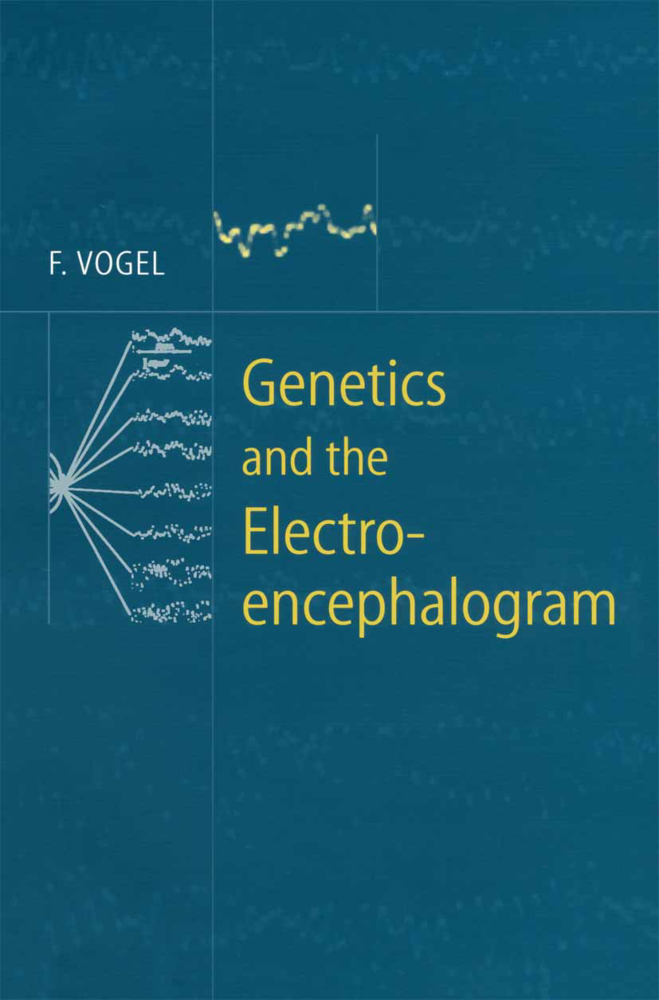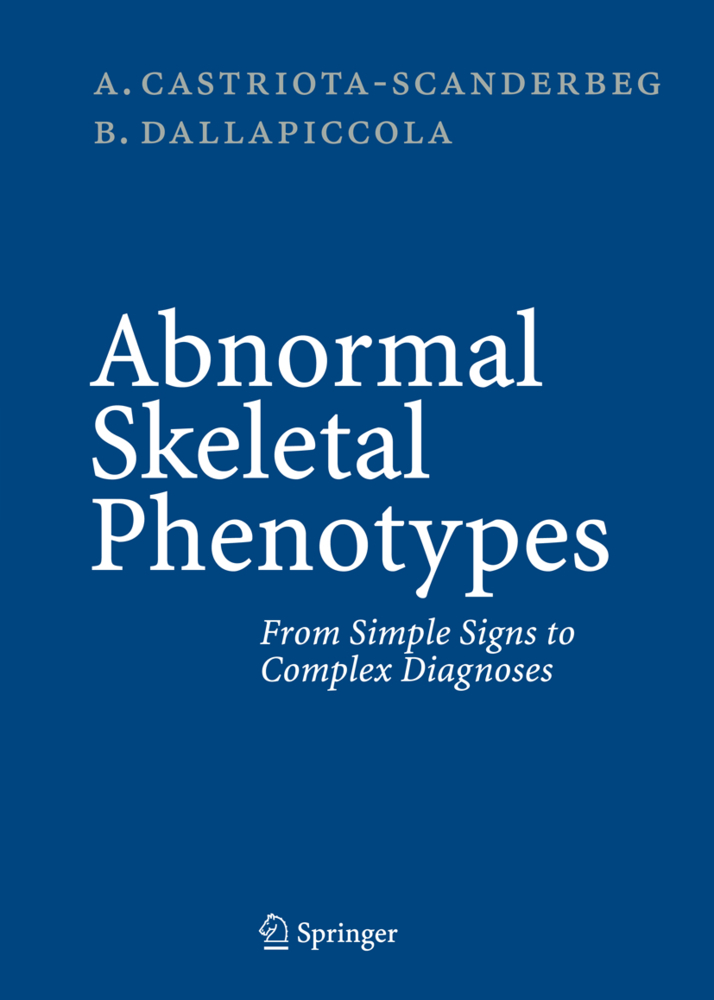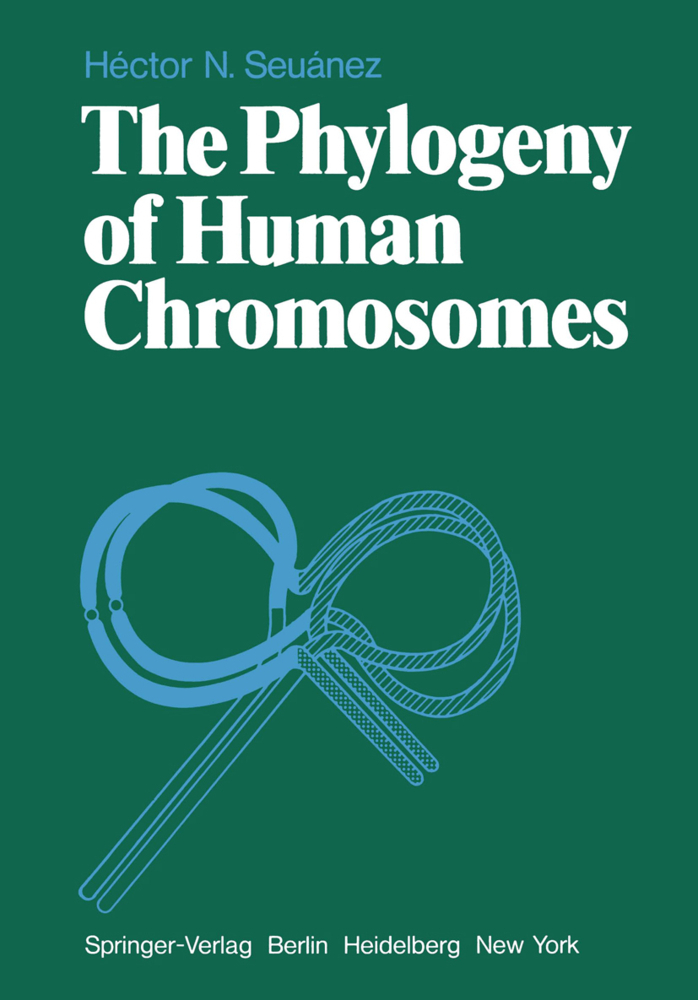Genetics and the Electroencephalogram
Genetics and the Electroencephalogram
Preface This book describes problems and results of research in the gap between two fields: Human genetics, and clinical neurophysiology. Whenever I talked about my research on the genetics of the EEG, the answer of human geneticists was: "Very interesting, but I do not understand anything about the EEG. " On the other hand, EEG specialists usually remark: "Very interesting, but I do not understand anything about human genetics. " This is why I wrote this book. It tries to summarize results my own and from some others - and to point to problems. In the from researc- light of the recent progress especially in human molecular genetics, this field of research promises deep insights into biological mechanisms of brain function, as well as genetic variation involved in mental performance, and personality of humans. However, the logistic problems of such studies are not easy to overcome: It is necessary to study carefully ascertained population samples either of "normal" persons, or of persons selected for phenotypic characteristics that are not easy to diagnose. Moreover, EEG diagnosis and classification must be very specific, and is not trivial at all. All these problems require careful preparations at various levels, long-lasting efforts, and patience. Of this I am sure, however: The results would justify the efforts. I am too old to plan such a program myself; moreover, as an emeritus professor, I do not have the means for such studies.
1.2 Disturbances Leading to Disease
1.3 Molecular Mechanisms of Some Hereditary Types of Epilepsy
1.4 Possible Significance of These Studies for Genetic Analysis of the Human EEG
2 The Human EEG: General Aspects
2.1 History
2.2 EEG Recording
2.3 EEG Evaluation
2.4 The "Normal" Human EEG
2.5 The EEG in Childhood and Youth
2.6 EEG Changes with Advancing Age, I
2.7 EEG Differences Between Men and Women
2.8 Changes in the EEG with Advancing Age, II
2.9 Effects of Drugs on the EEG
2.10 The EEG and Somatic Diseases
3 Genetic Studies: Twin Studies
3.1 General Remarks on the Twin Method
3.2 The First EEG Twin Studies
3.3 Our Own EEG Twin Studies
3.4 The EEG in Aging Twins
3.5 Studies on Twins Reared Apart
3.6 Alpha Attenuation Response
3.7 More Recent Twin Studies in Which Methods of Computerized EEG Analysis Are Used
3.8 Specific Problems to Be Studied by Comparison of Twins
3.9 Conclusions from EEG Twin Studies
4 Family Studies on the Normal EEG
4.1 Family Studies of the Normal EEG: First Attempts and Various Approaches
4.2 EEG Variants and Their Genetic Analysis
4.3 The "Low-Voltage EEG" and Its Borderline Cases
4.4 Linkage Study
4.5 Fast (16-19 c/s) Alpha Variants
4.6 The 4-5 c/s Rhythm
4.7 Monomorphic Alpha Waves
4.8 The EEG with Prominent Beta Waves
4.9 EEG Variants with Groups of Beta Waves with a Maximum in Frontoprecentral Leads
4.10 The EEG with Diffuse Beta Waves
4.11 Other Family Studies Using Methods of Quantitative, Biometrical Methods
4.12 EEG Variants and Dopamine ?-Hydroxylase Values in the Blood
5 Event-Related (Evoked) EEG Potentials
5.1 Principle and Methods
5.2 Twin and Family Studies
5.3 The Effect of the Resting EEG,Especially Hereditary EEG Variants, on Parameters of Evoked Potentials
6 The Normal Human EEG as a Research Tool in Human Behavior Genetics
6.1 General Introduction to the Problem
6.2 The EEG and Normal Psychology: General Considersations
6.3 EEG Alpha Activity and Intelligence
6.4 Variants of the Normal EEG and Personality: Concepts and Data
6.5 Variation in the Normal EEG: Performance and Personality: Results
6.6 An Attempt at Characterization of EEG Variants Based on Test Results
6.7 "Cognitive Styles" and EEG Variants
6.8 Possible Neurophysiological Mechanisms
6.9 A Possible Function of EEG Waves, Especially Alpha Waves
6.10 Earlier Attempts at Connecting Neurophysiological Mechanisms with Aspects of Personality
6.11 Results of Our Psychological Studies in the Light of Neurophysiological Evidence
6.12 Critical Evaluation on the Results About EEG Characteristics and Normal Psychology: What Can Be Regarded as Confirmed, What Is Likely, and What Is Hypothetical and Could Be Clarified by Further Research?
6.13 Psychological Observations on Carriers of the 4-5 c/s Rhythm
6.14 EEG and Normal Psychological Development in Childhood
6.15 Visual and Auditory Evoked EEG Potentials and Mental Performance
7 EEG Variation in Psychologically Borderline Conditions such as Alcoholism, Anxiety Disorders, and Certain Neurotic States, Psychiatric Disorders
7.1 Alcoholism and the Resting EEG
7.2 Alcoholism and Evoked EEG potentials
7.3 The Low-Voltage EEG in Relation to Anxiety Disorders
7.4 Psychopathy and Delinquiency
7.5 Other Types of "Abnormal" and "Neurotic" Behavior: Psychosomatic Complaints
7.6 The EEG in Behavioral Anomalies of Children and Youth
7.7 Affective Disorders
7.8 Schizophrenia
8 The EEG in HereditaryAnomalies and Diseases
8.1 Syndromes Caused by Chromosomal Aberrations
8.2 Hereditary Diseases Caused by Gene Mutations
8.3 Hereditary EEG Variants Suggesting a Higher Suceptibility for Epilepsy.
1 The Problem
1.1 The Purpose of This Book1.2 Disturbances Leading to Disease
1.3 Molecular Mechanisms of Some Hereditary Types of Epilepsy
1.4 Possible Significance of These Studies for Genetic Analysis of the Human EEG
2 The Human EEG: General Aspects
2.1 History
2.2 EEG Recording
2.3 EEG Evaluation
2.4 The "Normal" Human EEG
2.5 The EEG in Childhood and Youth
2.6 EEG Changes with Advancing Age, I
2.7 EEG Differences Between Men and Women
2.8 Changes in the EEG with Advancing Age, II
2.9 Effects of Drugs on the EEG
2.10 The EEG and Somatic Diseases
3 Genetic Studies: Twin Studies
3.1 General Remarks on the Twin Method
3.2 The First EEG Twin Studies
3.3 Our Own EEG Twin Studies
3.4 The EEG in Aging Twins
3.5 Studies on Twins Reared Apart
3.6 Alpha Attenuation Response
3.7 More Recent Twin Studies in Which Methods of Computerized EEG Analysis Are Used
3.8 Specific Problems to Be Studied by Comparison of Twins
3.9 Conclusions from EEG Twin Studies
4 Family Studies on the Normal EEG
4.1 Family Studies of the Normal EEG: First Attempts and Various Approaches
4.2 EEG Variants and Their Genetic Analysis
4.3 The "Low-Voltage EEG" and Its Borderline Cases
4.4 Linkage Study
4.5 Fast (16-19 c/s) Alpha Variants
4.6 The 4-5 c/s Rhythm
4.7 Monomorphic Alpha Waves
4.8 The EEG with Prominent Beta Waves
4.9 EEG Variants with Groups of Beta Waves with a Maximum in Frontoprecentral Leads
4.10 The EEG with Diffuse Beta Waves
4.11 Other Family Studies Using Methods of Quantitative, Biometrical Methods
4.12 EEG Variants and Dopamine ?-Hydroxylase Values in the Blood
5 Event-Related (Evoked) EEG Potentials
5.1 Principle and Methods
5.2 Twin and Family Studies
5.3 The Effect of the Resting EEG,Especially Hereditary EEG Variants, on Parameters of Evoked Potentials
6 The Normal Human EEG as a Research Tool in Human Behavior Genetics
6.1 General Introduction to the Problem
6.2 The EEG and Normal Psychology: General Considersations
6.3 EEG Alpha Activity and Intelligence
6.4 Variants of the Normal EEG and Personality: Concepts and Data
6.5 Variation in the Normal EEG: Performance and Personality: Results
6.6 An Attempt at Characterization of EEG Variants Based on Test Results
6.7 "Cognitive Styles" and EEG Variants
6.8 Possible Neurophysiological Mechanisms
6.9 A Possible Function of EEG Waves, Especially Alpha Waves
6.10 Earlier Attempts at Connecting Neurophysiological Mechanisms with Aspects of Personality
6.11 Results of Our Psychological Studies in the Light of Neurophysiological Evidence
6.12 Critical Evaluation on the Results About EEG Characteristics and Normal Psychology: What Can Be Regarded as Confirmed, What Is Likely, and What Is Hypothetical and Could Be Clarified by Further Research?
6.13 Psychological Observations on Carriers of the 4-5 c/s Rhythm
6.14 EEG and Normal Psychological Development in Childhood
6.15 Visual and Auditory Evoked EEG Potentials and Mental Performance
7 EEG Variation in Psychologically Borderline Conditions such as Alcoholism, Anxiety Disorders, and Certain Neurotic States, Psychiatric Disorders
7.1 Alcoholism and the Resting EEG
7.2 Alcoholism and Evoked EEG potentials
7.3 The Low-Voltage EEG in Relation to Anxiety Disorders
7.4 Psychopathy and Delinquiency
7.5 Other Types of "Abnormal" and "Neurotic" Behavior: Psychosomatic Complaints
7.6 The EEG in Behavioral Anomalies of Children and Youth
7.7 Affective Disorders
7.8 Schizophrenia
8 The EEG in HereditaryAnomalies and Diseases
8.1 Syndromes Caused by Chromosomal Aberrations
8.2 Hereditary Diseases Caused by Gene Mutations
8.3 Hereditary EEG Variants Suggesting a Higher Suceptibility for Epilepsy.
Vogel, Friedrich
| ISBN | 978-3-540-65573-2 |
|---|---|
| Medientyp | Buch |
| Auflage | Softcover reprint of the original 1st ed. 1999 |
| Copyrightjahr | 2000 |
| Verlag | Springer, Berlin |
| Umfang | XII, 244 Seiten |
| Sprache | Englisch |











